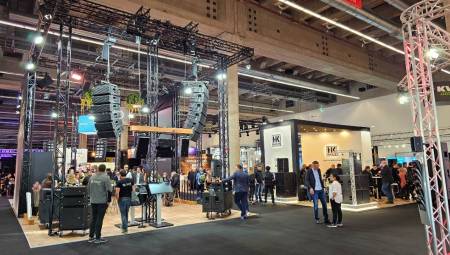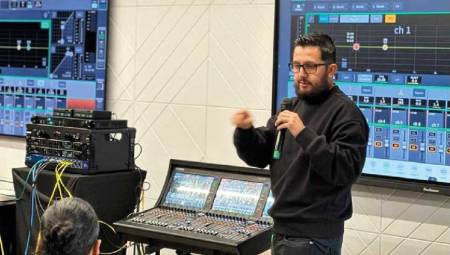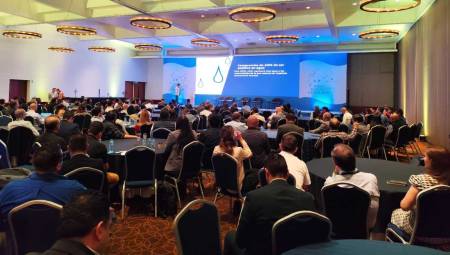 Latin America. 20 years ago, Wi-Fi products and technologies were launched for the first time that left aside the traditional cable, which connected to the computer back to access the Internet, and gave way to the most popular wireless connectivity networks every day, generating a revolution in mobility and, of course, in communications and data transmissions. Currently, it would be difficult to imagine the world without wireless technology and it is valid to ask, Would the smartphones we use in everyday life be so useful?
Latin America. 20 years ago, Wi-Fi products and technologies were launched for the first time that left aside the traditional cable, which connected to the computer back to access the Internet, and gave way to the most popular wireless connectivity networks every day, generating a revolution in mobility and, of course, in communications and data transmissions. Currently, it would be difficult to imagine the world without wireless technology and it is valid to ask, Would the smartphones we use in everyday life be so useful?
Then, two decades ago, the first generation of Wi-Fi prompted the technology giants to implement improvements in their products that adapted to innovations and were not disconnected from the era of digitalization.
Based on the same fundamental wireless novelties that 5G has, the new Wi-Fi 6 standards will change the way businesses and consumers interact with the world. Today, the latest devices have outperformed and advanced more than the same network and are coming to market with superior specifications based on speed and capacity.
Beyond being significantly faster, Wi-Fi 6 offers up to 400% more capacity and is more effective in high-density environments such as large conference rooms, stadiums or event halls. Expectations are not only placed on the maximum speed obtained by each device, however, on the potentiation of the experience of users globally during their daily routines, who have the possibility of connecting several computers to the same network.
It is estimated that by 2022 the traffic of mobile devices will multiply by 7, not only because there will be more equipment, but because the consumption of content through the internet will be higher. Another very important trend is that of the 7.5 billion people in the world, approximately 4.8 million will be connected to the internet, however, the number of devices that are connected, will range between 28 and 29 trillion. All these equipment will be related to the Internet of Things or IoT.
Today we already see it with different types of products such as watches, digital cameras, etc., in the home, it becomes a tool that improves the connection and management of devices and appliances that are increasingly modernized every day. To smartphones, televisions and consoles are added devices such as speakers, controls and even innovative refrigerators and washing machines that make people's lives easier, thanks to the possibilities of connection via Wi-Fi. Thus, one of the challenges that is presented especially for technology companies is the development of products from the IoT.
Wi-Fi 6 will also be a starting point for the generation of high-quality multimedia content, movies, videos and streaming that are produced in 8K, such is the case of the cinema, which can now be seen at home or anywhere.
"Today, Cisco is developing several products and making partnerships so that companies can deliver a truly disconnected and seamless experience. Every leap in connectivity has generated a wave of profound innovation. 5G and Wi-Fi 6 represent a new era of connectivity, developers are already creating the next generation of immersive and wireless experiences. With billions of things connecting to the network, this growth will create unprecedented complexity for IoT," said Fabian Dominguez, Business Development Manager - Enterprise Networking at Cisco.
On the other hand, this new generation of Wi-Fi 6 delimits the path that both the public and private sectors can begin to travel, in the search for opportunities and lines of business. Setting the goal and being part of this revolution can be achieved through a joint effort of the governments of the region, demonstrating the commitment to continue being part of globalization and the new standards that bring 802.11ax or Wi-Fi 6.















